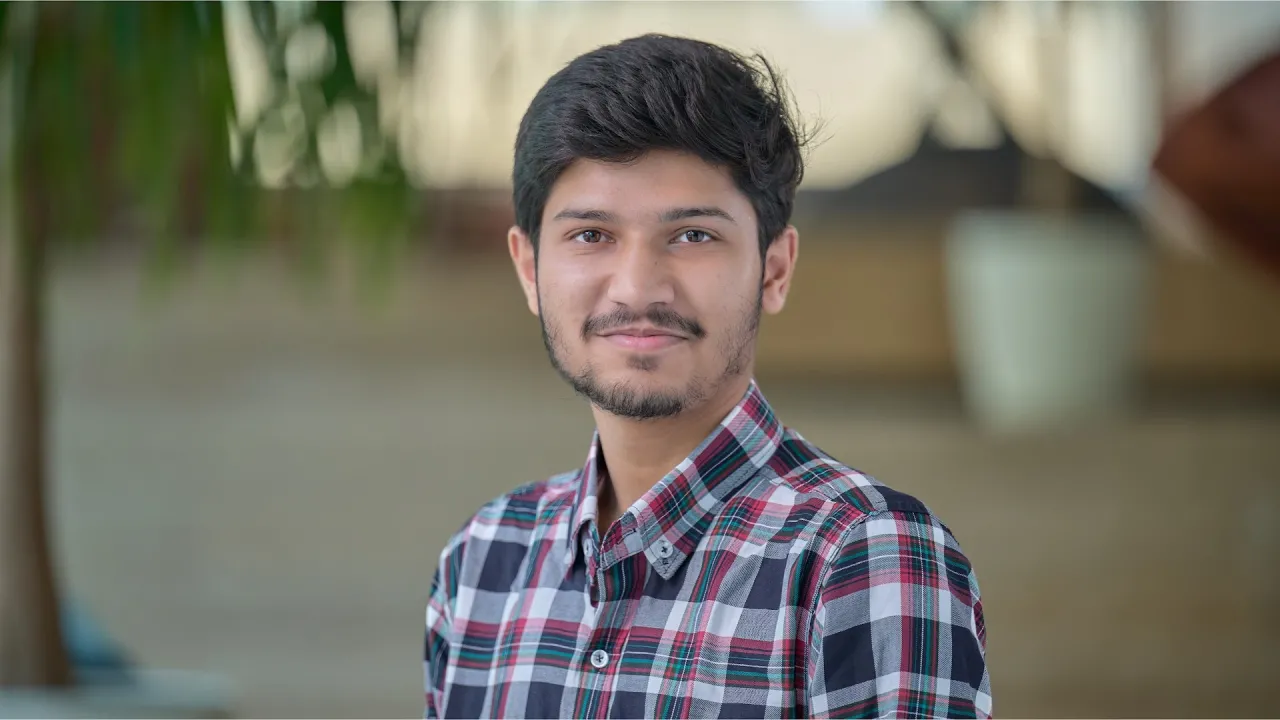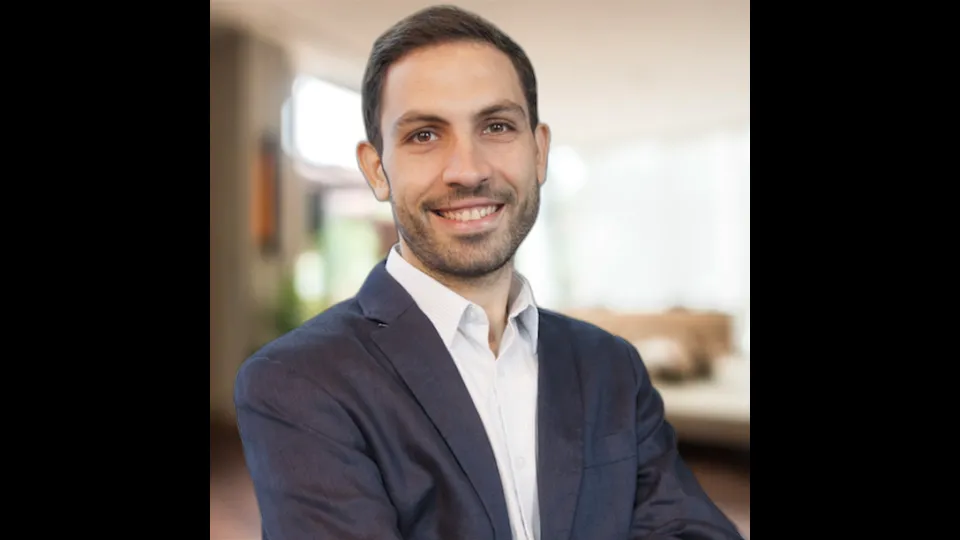
Ahmad Bin Afzal
About
Afzal received his B.Tech. degree in Electrical Engineering from Zakir Husain College of Engineering and Technology in 2023.
He is an ECE Master's student in the Secure Next Generation Resilient Systems Lab (SENTRY) under the supervision of Professor Charalambos Konstantinou at King Abdullah University of Science and Technology (KAUST).
Education Profile
- Bachelor of Technology in Electrical Engineering, Zakir Husain College of Engineering and Technology, Aligarh Muslim University, India.
